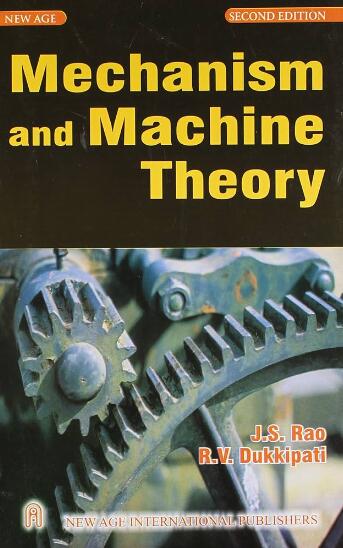Anisotropic vs. isotropic friction: New theoretical results verified experimentally exhibited by a horizontal pendulum on the rotating disk
IF 4.5
1区 工程技术
Q1 ENGINEERING, MECHANICAL
引用次数: 0
Abstract
The paper presents the investigation of the dynamics of a horizontal pendulum on the rotating disk under isotropic and anisotropic friction. The studied system can serve as an archetypal system for the investigation of numerous practical problems, like disk brake design or clutch dynamics. A dimensionless mathematical model of the system is derived. Two potentially counterintuitive behaviors of the system are demonstrated and explained. For an isotropic system, it is shown that above certain critical disk rotational speed, systems transient response became oscillatory. An estimate for the non-oscillatory transient response time-constant is given. For the anisotropic friction case, the basic mechanism behind the periodic orbit is explained utilizing the reduced-order parametric model (ROPM) of the counterpart linearized system. It is shown, that for certain conditions, the analyzed system is analogical to a mass-variable damper oscillator with its end kinematically excited by a periodic velocity profile. The direction field of the nonlinear system is estimated with numerical computation. Both analytical and numerical findings are tested by experimental results carried out on a specially constructed dedicated laboratory stand.
各向异性摩擦与各向同性摩擦:在旋转圆盘上的水平摆实验证实了新的理论结果
本文研究了各向同性和各向异性摩擦作用下水平摆在旋转圆盘上的动力学。所研究的系统可以作为研究许多实际问题的原型系统,如盘式制动器设计或离合器动力学。导出了系统的无量纲数学模型。演示和解释了系统的两种潜在的反直觉行为。对于各向同性系统,在某一临界转速以上,系统瞬态响应变为振荡。给出了非振荡瞬态响应时间常数的估计。对于各向异性摩擦情况,利用对应线性化系统的降阶参数模型(ROPM)解释了周期轨道背后的基本机理。结果表明,在一定条件下,所分析的系统类似于一个末端受周期速度曲线运动激励的变质量阻尼振荡器。通过数值计算估计了非线性系统的方向场。分析结果和数值结果都通过在专门建造的专用实验室台上进行的实验结果进行了验证。
本文章由计算机程序翻译,如有差异,请以英文原文为准。
求助全文
约1分钟内获得全文
求助全文
来源期刊

Mechanism and Machine Theory
工程技术-工程:机械
CiteScore
9.90
自引率
23.10%
发文量
450
审稿时长
20 days
期刊介绍:
Mechanism and Machine Theory provides a medium of communication between engineers and scientists engaged in research and development within the fields of knowledge embraced by IFToMM, the International Federation for the Promotion of Mechanism and Machine Science, therefore affiliated with IFToMM as its official research journal.
The main topics are:
Design Theory and Methodology;
Haptics and Human-Machine-Interfaces;
Robotics, Mechatronics and Micro-Machines;
Mechanisms, Mechanical Transmissions and Machines;
Kinematics, Dynamics, and Control of Mechanical Systems;
Applications to Bioengineering and Molecular Chemistry
 求助内容:
求助内容: 应助结果提醒方式:
应助结果提醒方式:


